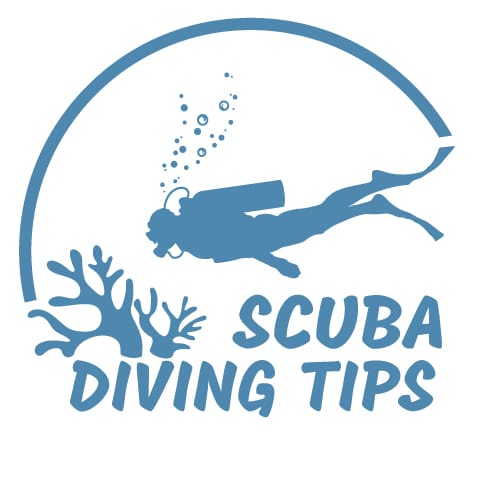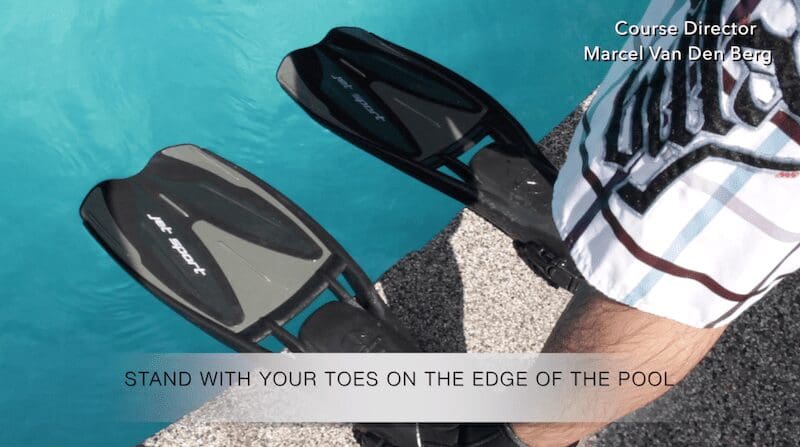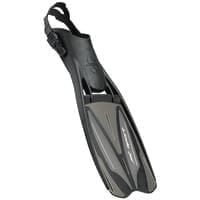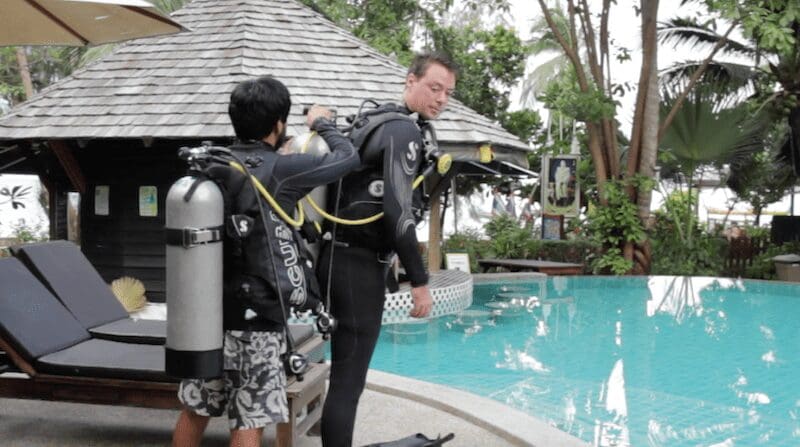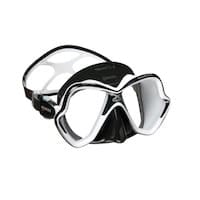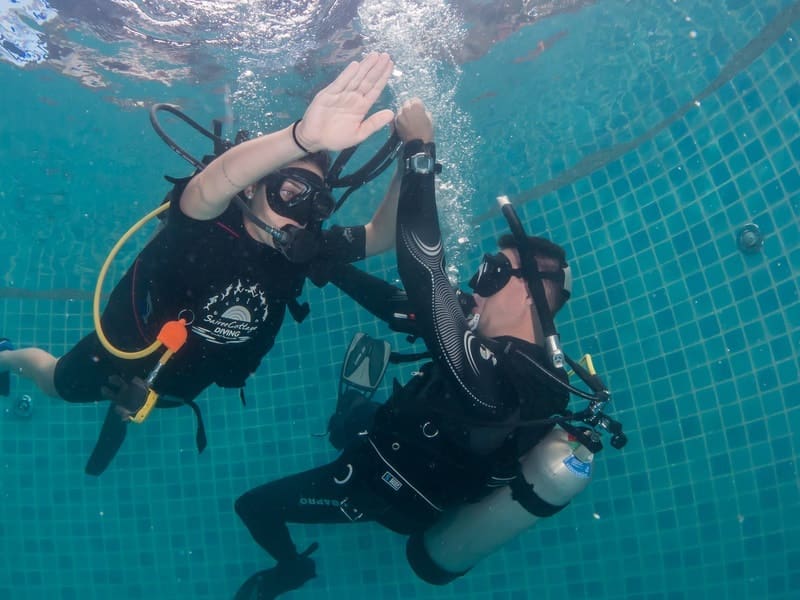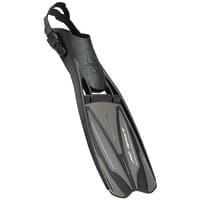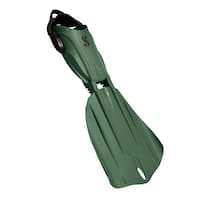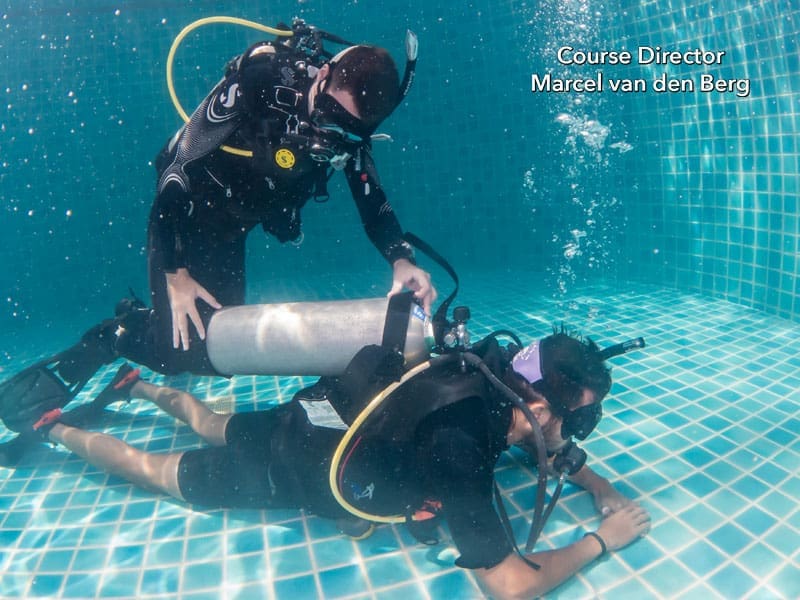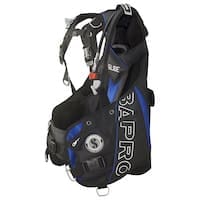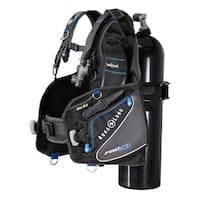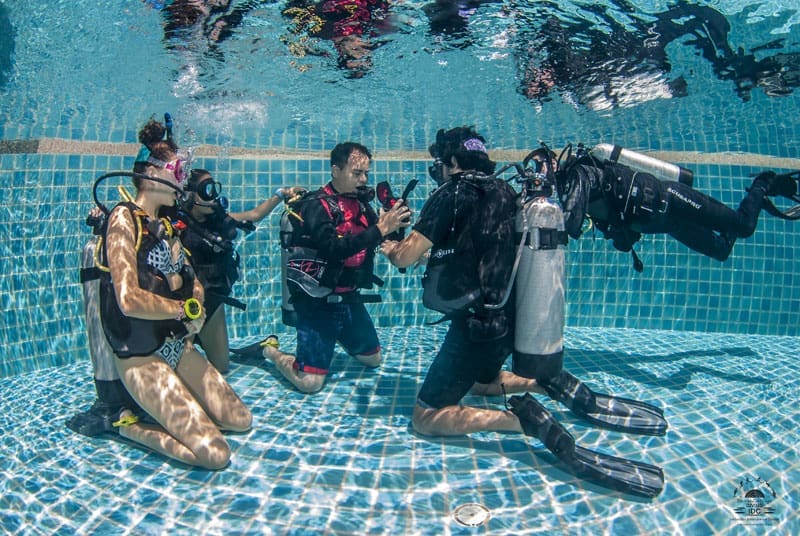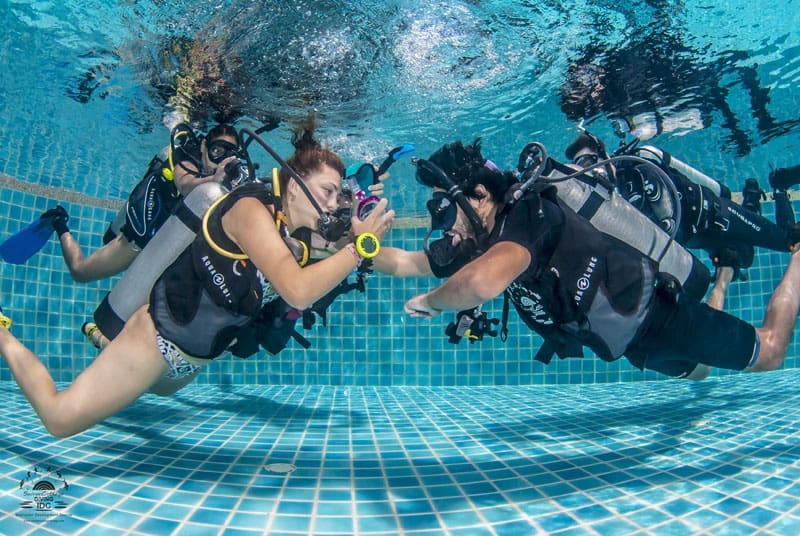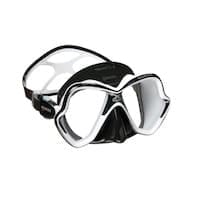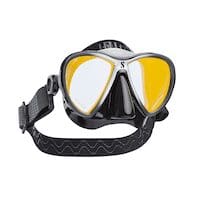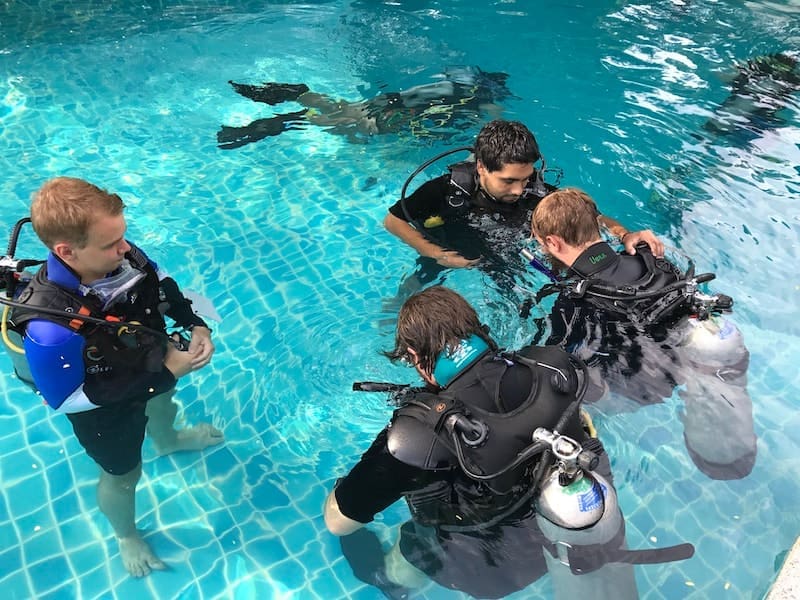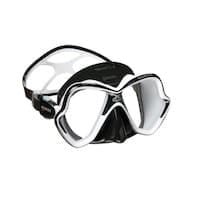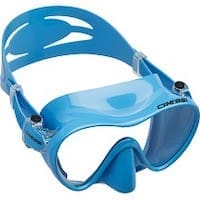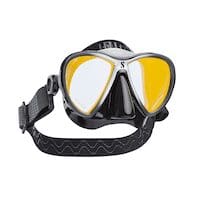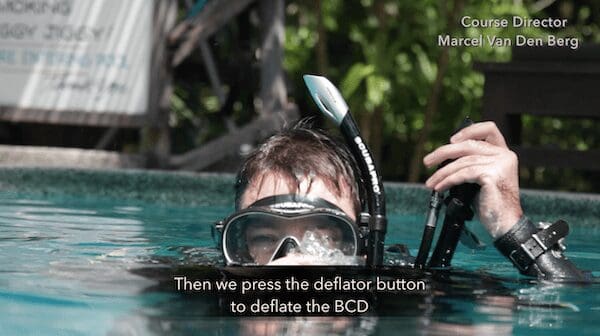The PADI Confined Water Dive 5 is the final dive of your confined water training sessions. Successfully completing PADI Confined Water Dive 5 will get you ready for the real open water dive of the PADI Open Water course.
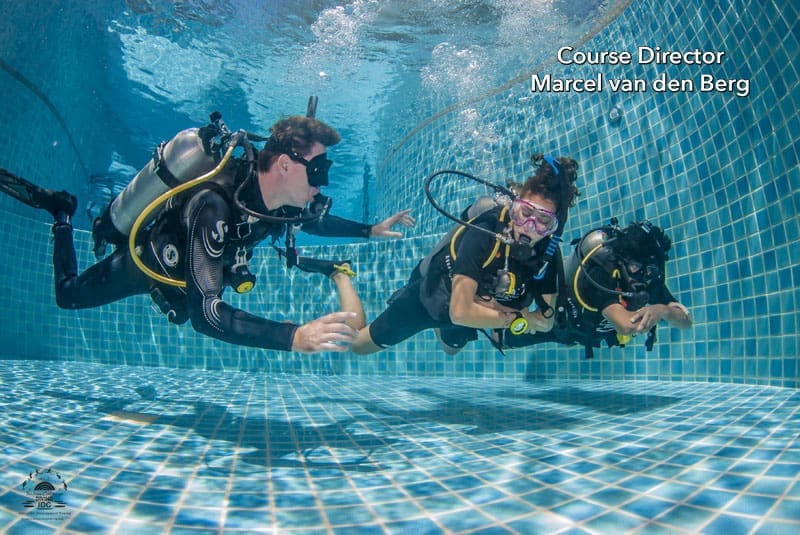
During this dive you will finishing a few scuba skills before learning how to plan and execute a mini dive. This is one of the most exciting parts of all the PADI Confined Water Dives as it truly prepares you for more realistic diving circumstances.
PADI Confined Water Dive 5 – Mini Dive
What is this mini dive all about? Is it a scuba skill? Not only do new divers ask this question, but also some diving instructors.
The mini dive is one of the best changes in the 2013 revised PADI open Water Course. During this part you really focus on learning how to plan a dive, give a briefing, do your own descent and swim around in confined water repeating some of the previous skills in like a scenario. In the end of your PADI Confined Mini Dive you will make an ascent and exit the water.
This is the performance requirement of the PADI Instructor Manual:
Complete a simulated dive – Minidive – including:
- Plan dive with a buddy.
- Make an entry and exit.
- Do a weight and trim check.
- Perform a five-point descent.
- With a buddy, practice previously learned skills
- with emphasis on neutral buoyancy, hovering and swimming.
Demonstrate awareness and make efforts to avoid contact with simulated sensitive bottom and fragile aquatic organisms.
- Respond correctly to at least one, but not more than three, of these simulated situations: leg cramps, out of air – share air, free flow regulator, mask flooded or off, regulator dropped from mouth, BCD inflator failure, and buddy separation.
- Perform a five-point ascent with a safety stop at planned time
PADI Confined Dive 5 Skills
- Dive Equipment Assembly
- Giant Stride (with a buddy)
- Scuba Unit Removal and Replacement Underwater
- Weight Belt Removal & Replacement Underwater
- Air Check
- Mini Dive
- Plan the Dive (with a buddy)
Mini Dive Explanation:
- Buoyancy Check at the Surface (with a buddy)
- 5 Point Descent (with a buddy)
- Swim Repeating Skills
- Ascent with Safety Stop (with a buddy)
- Deep Water Exit
- Equipment Disassembly
Watch this video of the full PADI Confined Water Dive 5:
Please SUBSCRIBE to our Scuba Diving Tips YouTube Channel
Time to own your own Scuba Gear
Congratulations with completing the PADI Confined Water Dive 5! You are now a better scuba diver and you are ready for the real open water dives! This is a big step and owning your full scuba dive gear will make your open water scuba experience so much better. Below we listed some of the best scuba gear item to have on your dives:
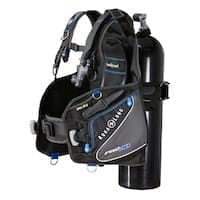
HD Professional BCD Aqua Lung
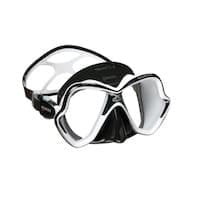
X-Vision Liquid Skin Mask Mares
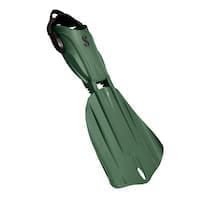
Seawing Flex Fins Scuba Pro
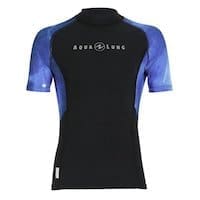
Galaxy Rash Guard Aqua Lung
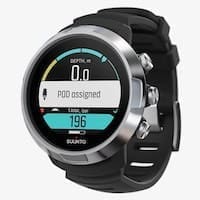
D5 Suunto Dive Computer
